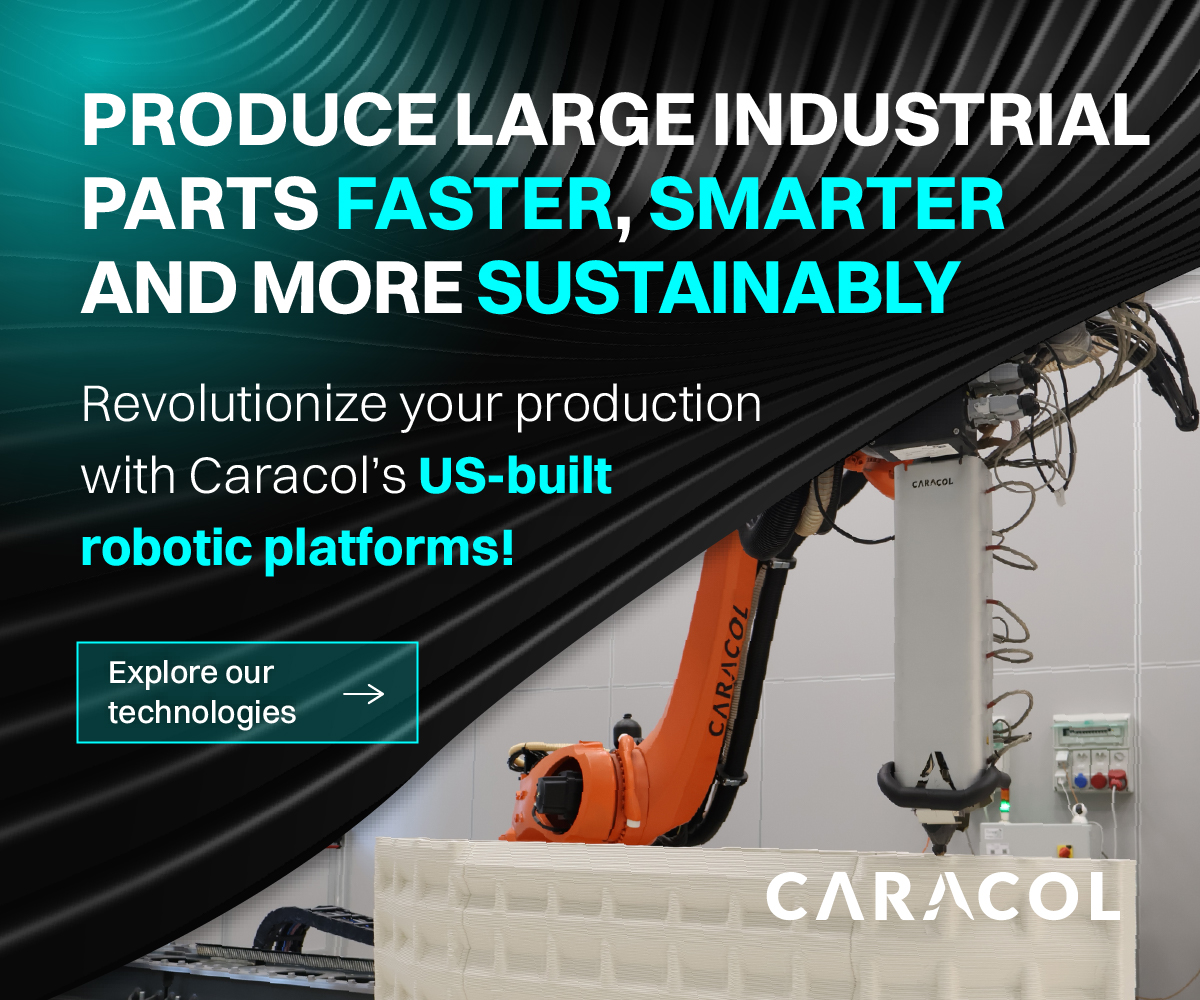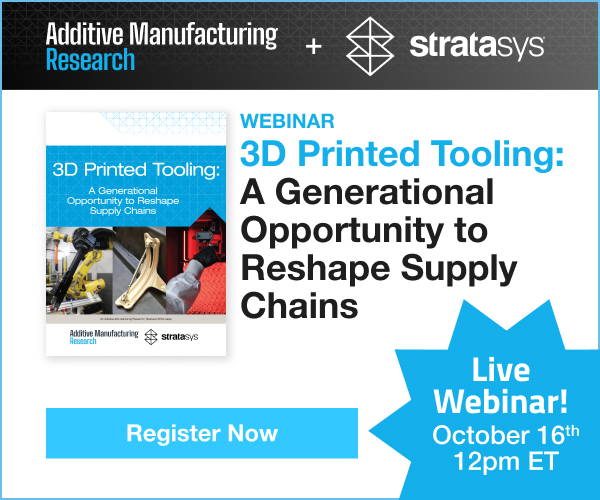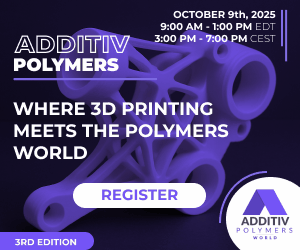We have already seen intense debates concerning what the outcome of a 3D printing economy may be. Traditionally technology has created more jobs than it has destroyed. When computers began to emerge on the scene in 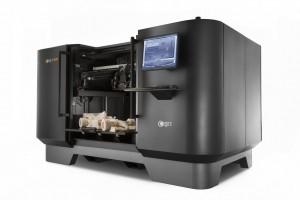 the 1970’s, talks of job losses were nearly as intense as they are today, surrounding 3D printing. What happened? The majority of people were wrong. Just think about how many jobs the Googles, Apples, and Microsofts of the world have created over the past decade alone.
the 1970’s, talks of job losses were nearly as intense as they are today, surrounding 3D printing. What happened? The majority of people were wrong. Just think about how many jobs the Googles, Apples, and Microsofts of the world have created over the past decade alone.
The basic pessimistic view on 3D printing is that the jobs market will be decimated, with losses in the tens of millions. Combined with robotics and intelligent machines, automation within manufacturing will certainly intensify. The question is, will 3D printing and these other technologies ultimately lead to a net decline in total jobs?
Manufacturing Job Losses:
Without a doubt we will lose a significant number of jobs within the manufacturing sector. As 3D printing methods speed up, become more accurate, and new materials make their way into these machines, companies will begin increasing their capital expenditures to acquire automated machine labor. Why pay ten people on an assembly line to produce a product, when a 3D printer can print out the exact parts needed, and intelligent robotic arms can assemble those parts within minutes? This ends up leaving the company with variable costs no greater than that of the electricity and maintenance on the machines. There is little doubt that within 15 to 20 years the entire landscape of manufacturing will have changed in a drastic way.
Retail Job Losses:
Retail as well, will see major changes. Who will want to go out to a store to purchase the latest style of shoes, when they can download an open source design online, make the appropriate changes, and print them out in their own home for a fraction of the cost. We are still likely a decade, or even more, away from having the ability to print shoes with the same material and quality of those in retail outlets, but the time is coming. Jobs will be lost as retail outlets are forced to close shop, perhaps moving online where they can offer digital designs to customers, with only a fraction of the overhead.
It is very likely that many of these people losing their jobs will not be able to simply jump into another career. More than likely the jobs being lost will be for relatively unskilled labor, while any jobs being created by new technology will be for managing and skilled labor. This will create a further gap of income inequality in America. Having said this, within the next decade the cost of a higher education will likely drop substantially. There are already a tremendous number of resources available online like KhanAcademy, as well as free courses offered by respected universities and colleges. This will mean that those who want to further their education can do so with little or no financial resources. Now that we got the negative aspects out of the way, let’s take a look at why we may actually be in for a major economic boom, here in the U.S.
Job Creation
Yes, many millions of jobs will be lost, but for every job lost there is a fairly good possibility that more than one job will be created. As employees are laid off by retailers and manufacturers, actual costs to the companies 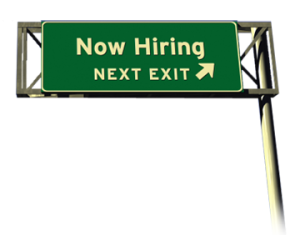 are decreasing substantially. This can then be passed on to the consumer, allowing for a lower cost of living nationwide. This may lead to a stronger economy as more money is available to spark new business, new innovation, and eventually millions of new jobs. While the jobs to GDP ratio will decrease, the overall economy and thus GDP may increase substantially. This means that the actual employment numbers will also rise. We have already seen thousands of new jobs created around the 3D printing industry. This number will grow for years, and even decades to come. We need people to fix the machines, make the machines, sell the machines, and manage the companies that do all this. In addition, entirely new job categories will be created. 3D printing has brought on a new wave of innovation which we have not seen in many years. There are new types of artists who rely on 3D modeling, and the CAD software market is heating up, meaning we need more programmers to write the scripts. Those who can learn new fields the fastest will be the individuals who stay employed, and likely prosper.
are decreasing substantially. This can then be passed on to the consumer, allowing for a lower cost of living nationwide. This may lead to a stronger economy as more money is available to spark new business, new innovation, and eventually millions of new jobs. While the jobs to GDP ratio will decrease, the overall economy and thus GDP may increase substantially. This means that the actual employment numbers will also rise. We have already seen thousands of new jobs created around the 3D printing industry. This number will grow for years, and even decades to come. We need people to fix the machines, make the machines, sell the machines, and manage the companies that do all this. In addition, entirely new job categories will be created. 3D printing has brought on a new wave of innovation which we have not seen in many years. There are new types of artists who rely on 3D modeling, and the CAD software market is heating up, meaning we need more programmers to write the scripts. Those who can learn new fields the fastest will be the individuals who stay employed, and likely prosper.
Jobs Return to American Soil
Some of the largest number of job losses will be within mass manufacturing companies like Foxconn, a Chinese manufacturer who is known for building tech gadgets like the iPhone. As manufacturing costs rise in China, and drop in the United States, due to the fact that machines can provide around the clock production for a fraction of the cost, we will see more and more jobs moving back onshore. In fact, we have already seen this beginning to happen with Apple and Google. Sure, many of these jobs will be suited best for machines, but someone has to maintain these machines, manage the supply chains, and oversee production.
You could ask a hundred economists what they think will eventually happen once the 3D printing and robotics markets mature, and you will likely get a hundred different answers. We have seen what technology has done in the past, destroying millions of jobs, but in the process creating tens of millions of new jobs. There is little reason to believe that this wave of progress will be any different. What are your thoughts? Discuss the possible economic impacts of 3D Printing with us at 3DPB.com.
Subscribe to Our Email Newsletter
Stay up-to-date on all the latest news from the 3D printing industry and receive information and offers from third party vendors.
Print Services
Upload your 3D Models and get them printed quickly and efficiently.
You May Also Like
3D Printing News Briefs, September 17, 2025: IDEX Printer, NiTi Scaffolds, Cooking Oil, & More
In today’s 3D Printing News Briefs, Raise3D announced the launch of a new printer at FABTECH 2025, and EOS and AM Solutions share about their integrated post-processing ecosystem, first introduced...
Boston’s Additive Edge: Inside Harvard’s Lewis Lab and the Road to Patients, Part II
When I visited Jennifer Lewis’s lab earlier this summer, doctoral researcher Paul Stankey showed me how the team is laying the groundwork for bioprinting, from stem cells to vascular networks...
Boston’s Additive Edge: Inside Harvard’s Lewis Lab and the Bioprinting Blueprint, Part I
At Harvard’s School of Engineering and Applied Sciences (SEAS) and the Wyss Institute at Harvard, Jennifer Lewis’s lab is at the intersection of biology and engineering. Part workshop, part incubator for...
3D Printing Financials: 3D Systems Turns Profit Amid Revenue Decline
3D Systems (NYSE: DDD) has reported its financial results for the second quarter of 2025, showing a drop in revenue but a sharp improvement in profitability, driven by cost reductions,...
















